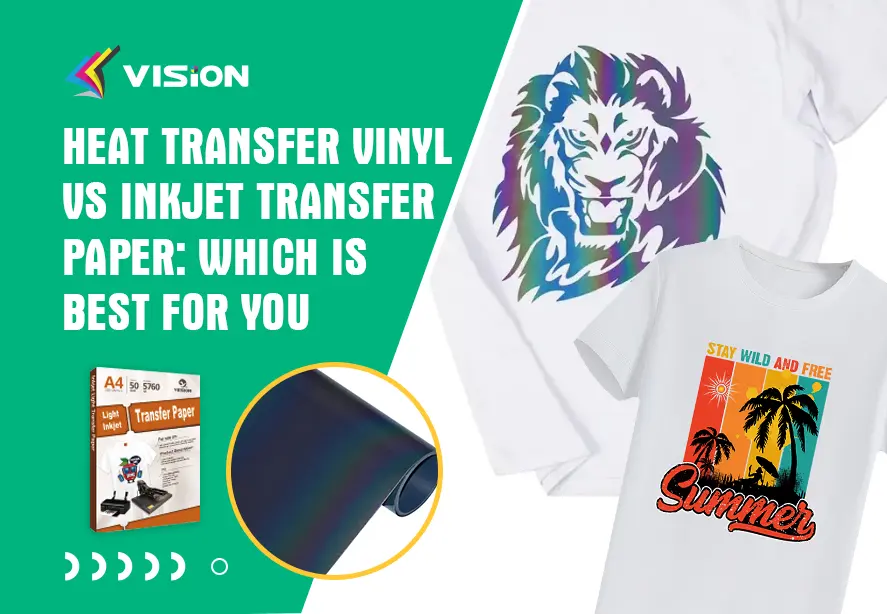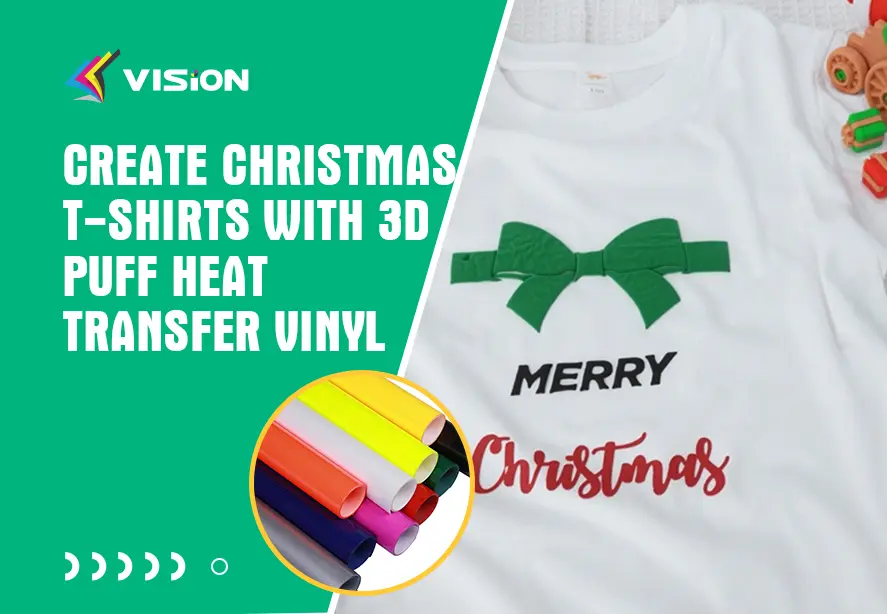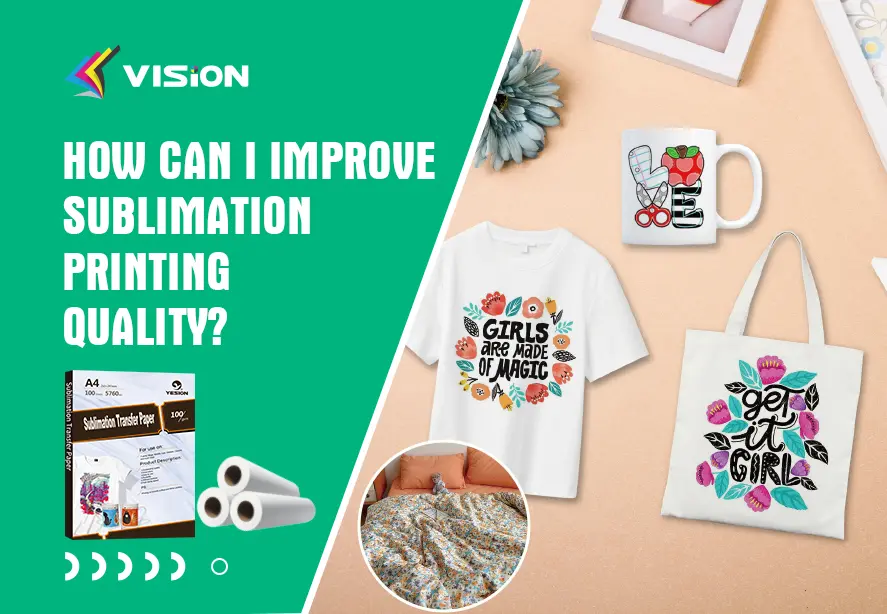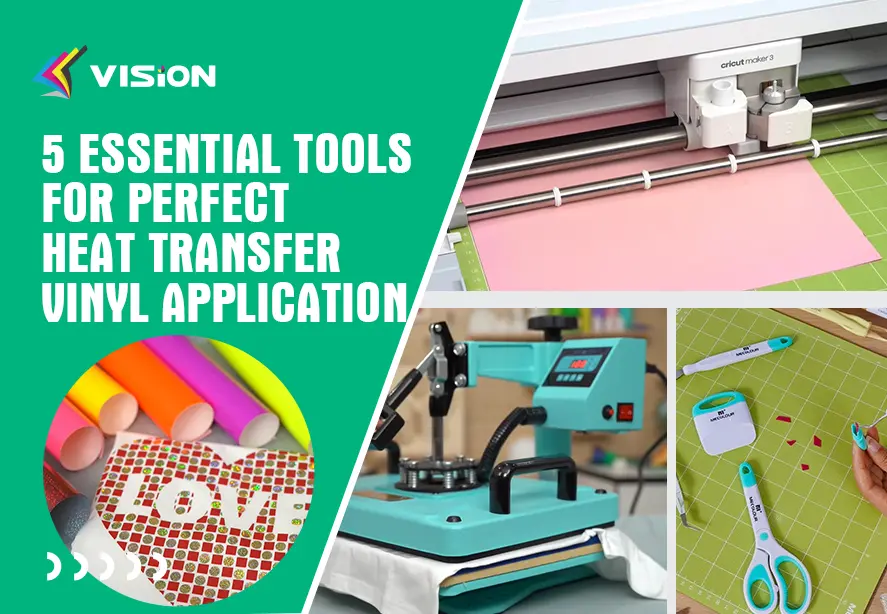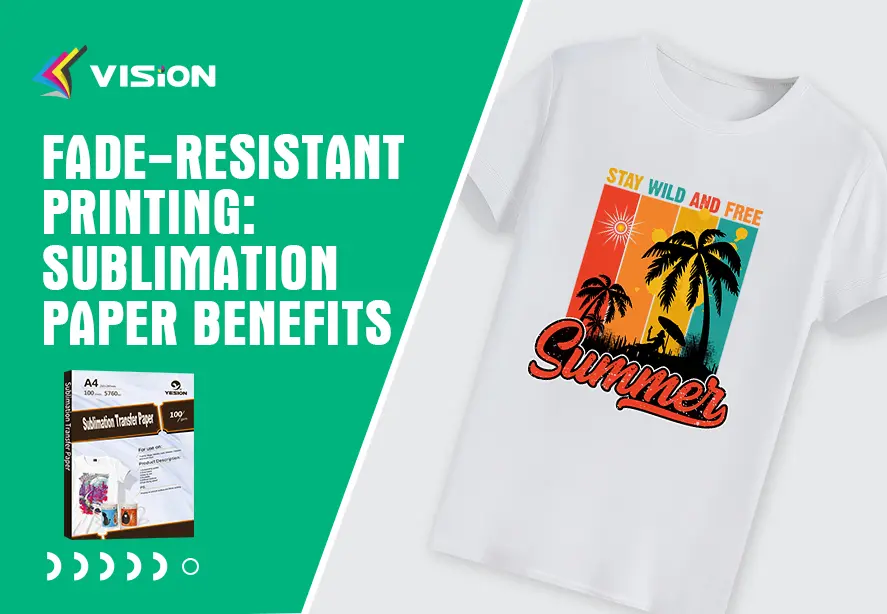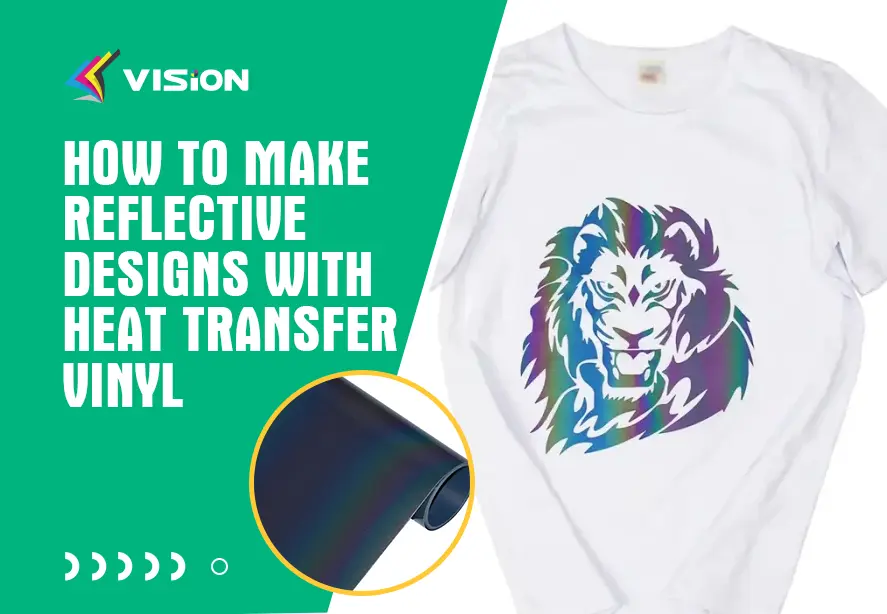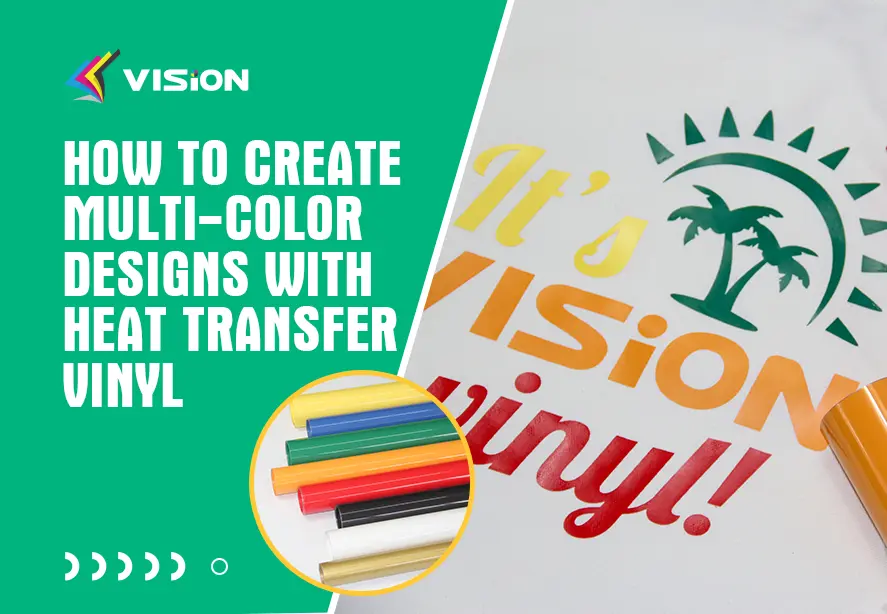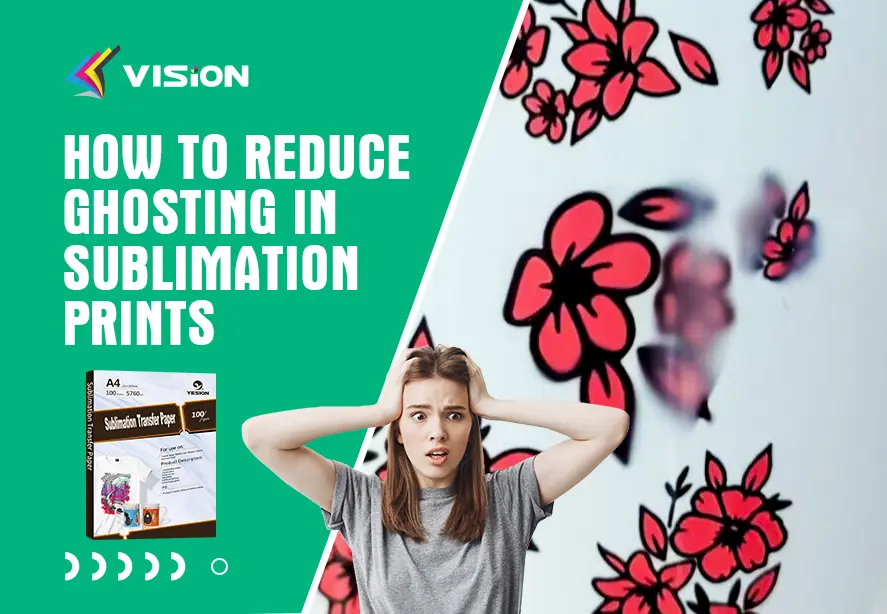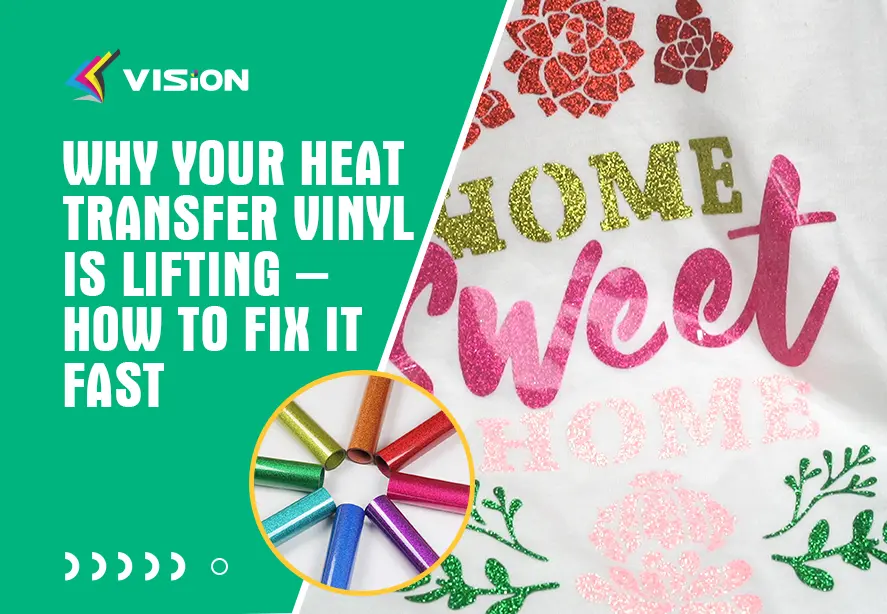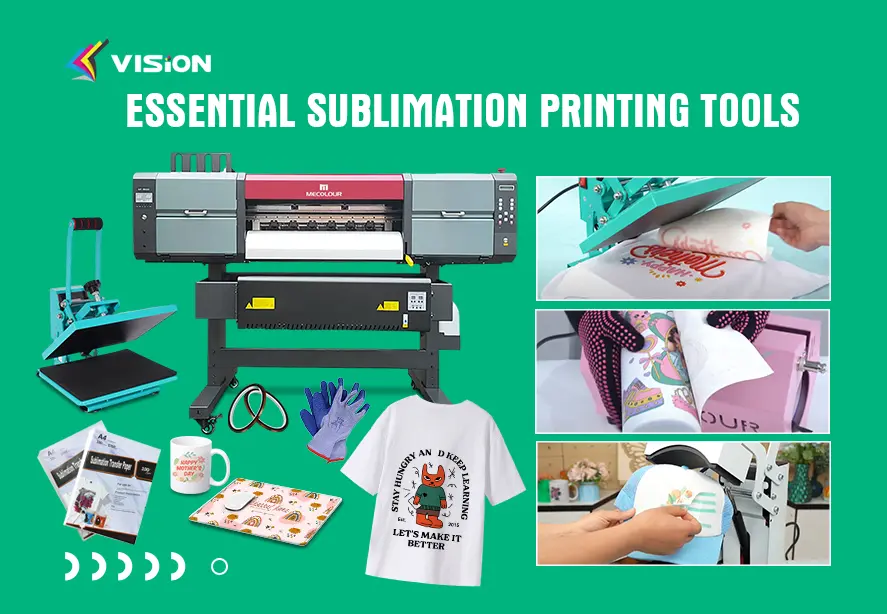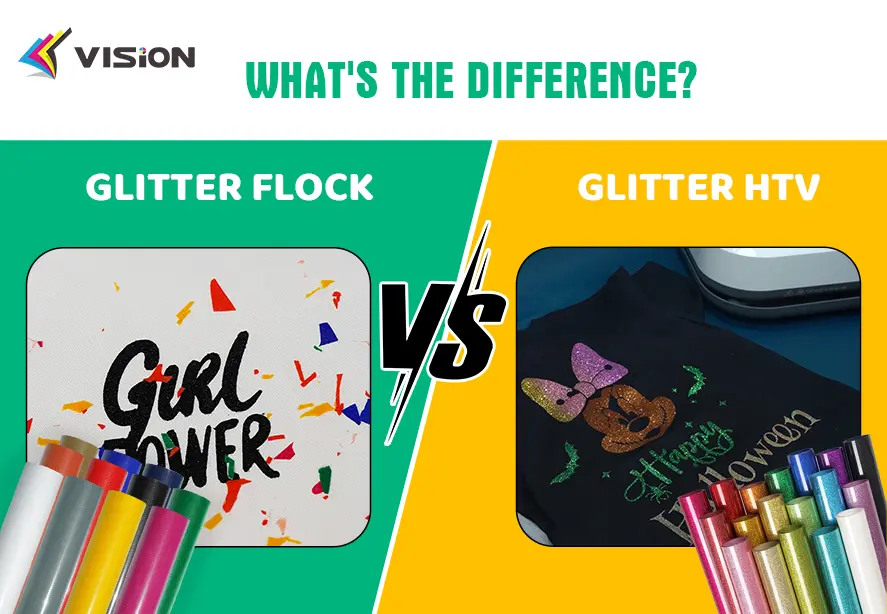
Blog
What’s better, vinyl or sublimation?
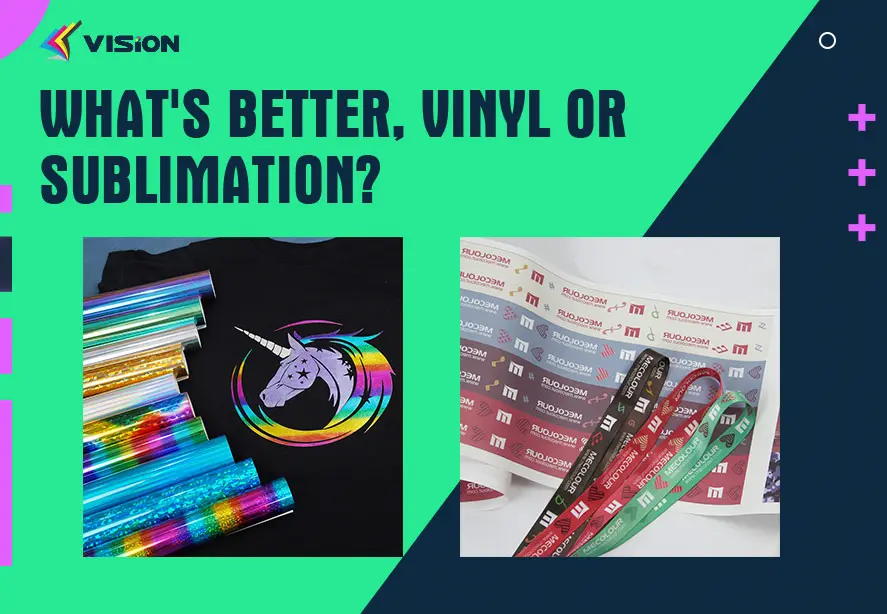
When deciding between vinyl and sublimation printing, the answer depends on the type of project you’re working on and the materials you’re using. Both methods have their strengths, but they serve different purposes and offer distinct advantages. Let’s break down the key differences to help you figure out what’s better for your specific needs.
Key differences between vinyl and sublimation
1. Durability
Sublimation: Prints from sublimation ink become part of the material (like polyester or polymer-coated surfaces), making them highly durable. They don’t peel, crack, or fade easily, even after multiple washes.
Vinyl: Heat transfer vinyl (HTV) sits on top of the material, which means over time, especially with frequent washing or stretching, it can peel or crack. However, quality vinyl can last for a long time with proper care.
2. Material Compatibility
Sublimation: This method works best with light-colored polyester fabrics or polymer-coated hard surfaces like mugs, tumblers, or phone cases. It doesn’t work on cotton or dark fabrics.
Vinyl: Vinyl is more versatile when it comes to materials. You can apply it to cotton, polyester, and blends, and there are different types of vinyl for dark and light fabrics.
Vision Sublimation Transfer Paper
3. Color Vibrancy and Detail
Sublimation: Sublimation printing allows for vibrant, full-color designs with photographic-quality detail. It’s ideal for complex, multi-color designs or prints with shading, gradients, and fine details.
Vinyl: Vinyl is great for simple, bold designs. It comes in a variety of colors, including specialty finishes like glitter, holographic, and metallic, but it’s not as effective for detailed images or designs requiring many colors.
4. Feel and Texture
Sublimation: Sublimation ink bonds with the material, so there’s no added texture or layer on top of the fabric. The design feels smooth, like it’s part of the fabric.
Vinyl: Vinyl sits on top of the fabric, so you’ll feel the texture of the vinyl on the material. It can feel slightly heavier depending on the size of the design.
5. Design Flexibility
Sublimation: Sublimation is ideal for all-over prints or complex, colorful designs. Since the ink becomes part of the material, you’re not limited by the complexity of the design.
Vinyl: Vinyl is best for simpler designs, logos, or text. While you can layer different colors of vinyl, it’s more time-consuming and might result in a bulkier feel.
6. Cost
Sublimation: To start with sublimation, you need specific equipment, like a sublimation printer, sublimation ink, and a heat press, which can be a more expensive initial investment. Plus, you’re limited to sublimation-specific blanks (like polyester or coated items).
Vinyl: Vinyl is typically more affordable for beginners. You can use an ordinary inkjet printer for printable vinyl or a vinyl cutter for HTV. Vinyl materials are widely available and don’t require specific substrates, so it’s easier to find blank items to use.
7. Application
Sublimation: Sublimation is a one-step process—once you print the design, you press it, and it’s done. However, you need to ensure that your materials are compatible with sublimation.
Vinyl: Vinyl involves cutting, weeding (removing excess vinyl), and applying the design. It’s more hands-on, especially for intricate designs.
When to Choose Sublimation
You want vibrant, multi-color designs or photos.
You’re working with polyester fabrics or coated hard surfaces.
You prefer a design that becomes part of the material, making it long-lasting.
When to Choose Vinyl
You’re printing on cotton, blends, or dark fabrics.
You want special effects like glitter or metallic finishes.
You need to create simple, bold designs and logos.
You’re on a budget and need a lower-cost solution for beginner projects.
Vision heat transfer vinyl factory
There’s no one-size-fits-all answer to which is better: vinyl or sublimation. It all boils down to your project, materials, and personal preferences. If you’re working with polyester and need a durable, all-over design with vibrant colors, sublimation might be the best choice. But if you’re looking for flexibility with materials, especially cotton, or want to create specialty designs with glitter or metallic finishes, vinyl could be your go-to. Both methods have their place, and knowing the strengths of each will help you make the right choice for your needs!
Related:
Our 4 Best Sublimation Paper Types
Which is cheaper, HTV or sublimation?


